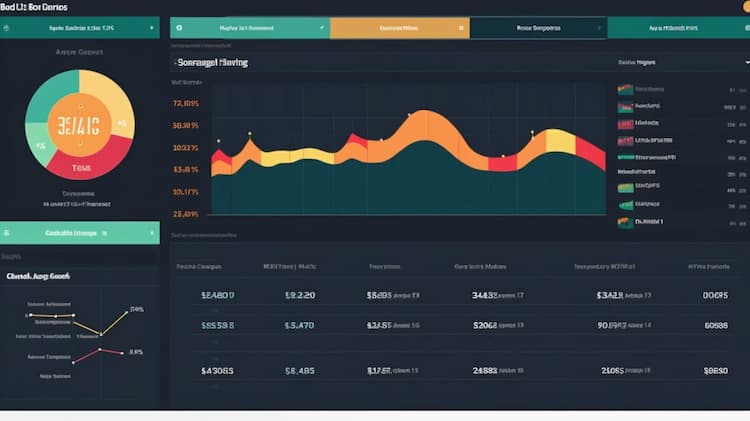
XOP VS ERX
Exchange-Traded Funds (ETFs) have transformed the landscape of modern investment, offering investors diversified exposure to a wide range of sectors and asset classes. In this article, we will conduct an in-depth comparison between two prominent ETFs: XOP (SPDR S&P Oil &Gas Exploration & Production ETF) and ERX (Direxion Daily Energy Bull 2X Shares). We will analyze crucial aspects such as ETF tickers, full names, issuers, sectors, top holdings, capitalization, investment strategy, tracking methods, and exposure.
XOP Vs ERX: Overview
XOP and ERX are two ETFs that cater to the energy industry with differing investment strategies. XOP provides exposure to oil and gas exploration and production companies, while ERX offers leveraged exposure to the same sector. This variance in focus creates distinctive opportunities and risks, which we will explore in subsequent sections.
XOP Vs ERX: Sectors and Top Holdings
The XOP ETF concentrates its holdings in companies involved in the exploration, drilling, and production of oil and natural gas. Prominent companies in its portfolio include ConocoPhillips, EOG Resources, and Pioneer Natural Resources. ERX, as a leveraged ETF, seeks to magnify the returns of a specific index, making its top holdings and sectoral composition crucial considerations for investors aiming to capitalize on market trends.
 XOP overlap XOP VS ERX
XOP overlap XOP VS ERX
XOP Vs ERX: Capitalization and Investment Strategy
XOP boasts a substantial Asset Under Management (AUM) figure, indicating its popularity among investors seeking exposure to the oil and gas sector. On the other hand, ERX leverages its investments to double the daily returns of its benchmark index. The disparity in capitalization and investment approach between these ETFs introduces varying levels of potential return and risk, requiring careful evaluation by investors.
XOP Vs ERX: Tracking Methods and Exposure
XOP's objective is to mirror the performance of oil and gas exploration and production companies by tracking a relevant index. ERX employs leverage to provide twice the daily returns of its benchmark index. Understanding the tracking techniques and exposure mechanisms is pivotal in selecting the ETF that aligns with individual investment goals and risk tolerance.
Conclusion
XOP and ERX stand as distinctive ETFs, each offering a specialized approach to navigating the complexities of the energy market. For investors seeking comprehensive insights into holdings, correlations, overlaps, and more, ETF Insider emerges as the ultimate tool. Through its user-friendly app, it delivers comprehensive information on these financial instruments and beyond, empowering investors with valuable knowledge.
Disclaimer: This article does not offer any investment advisory services.
Sources:
For the ETF issuer: https://www.ssga.com/
For the official page of the SPDR S&P Oil & Gas Exploration & Production ETF (XOP): https://www.ssga.com/us/en/intermediary/etfs/funds/spdr-sp-oil-gas-exploration-production-etf-xop
ERX quote and analysis
Discover the top holdings, correlations, and overlaps of ETFs using our visualization tool.
Our app allows you to build and track your portfolio.
To learn more about the ERX Direxion Daily Energy Bull 2x Shares, access our dedicated page now.
FAQ
Why is XOP better than ERX?
XOP may be considered better than ERX for some investors due to its specific focus, offering diversification.
Does ERX beat XOP?
ERX's performance relative to XOP will vary over time, depending on market conditions.
Should I invest in XOP or ERX?
The choice between XOP and ERX should align with your investment goals, risk tolerance, and desired exposure.
Are XOP and ERX good investments?
Both XOP and ERX can be suitable investments depending on individual investment strategies, goals, and risk profiles.
What is the correlation between XOP and ERX?
The correlation between XOP and ERX can vary over time, reflecting differences in performance.



















